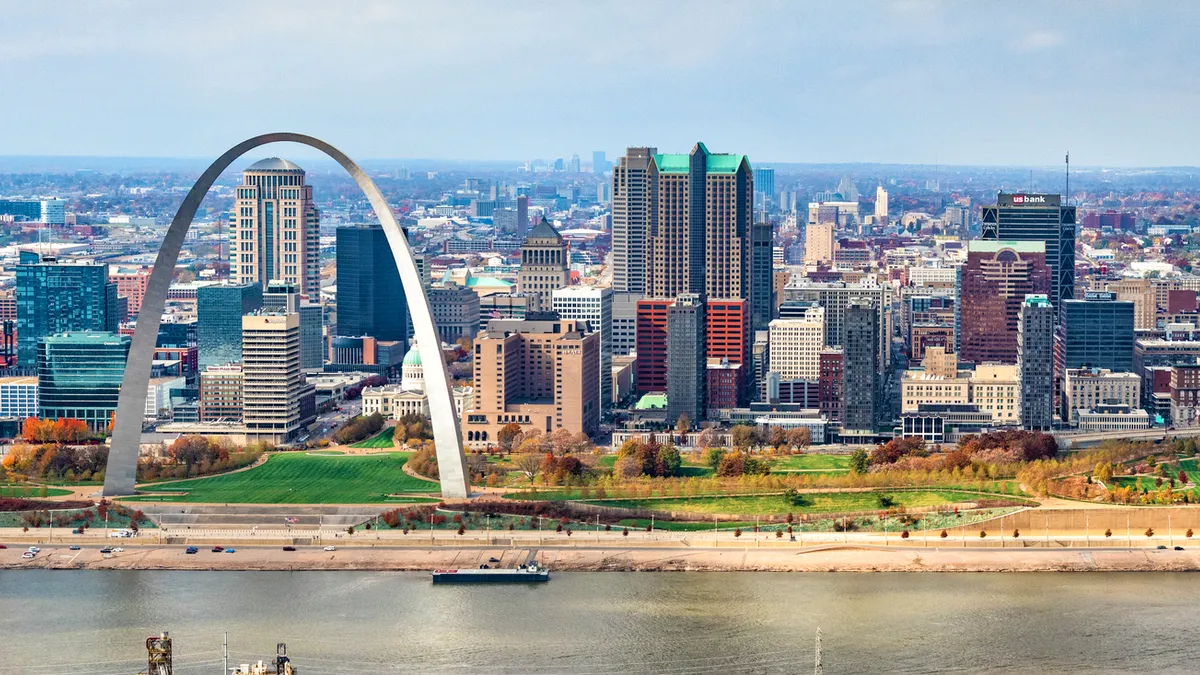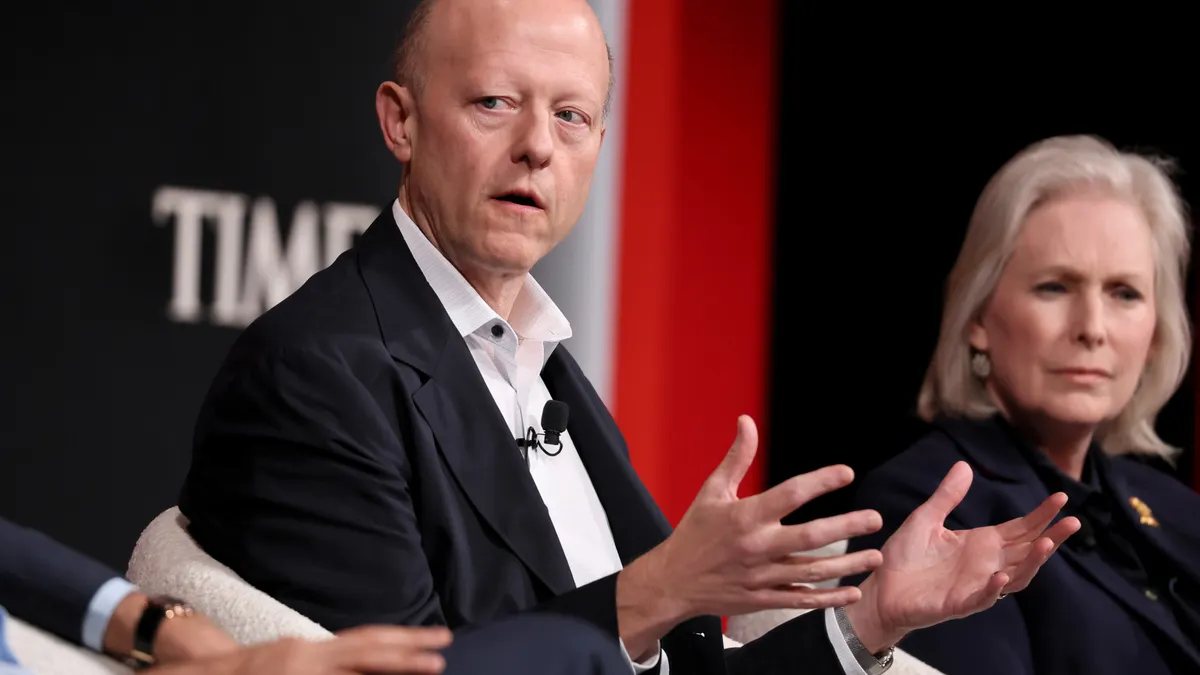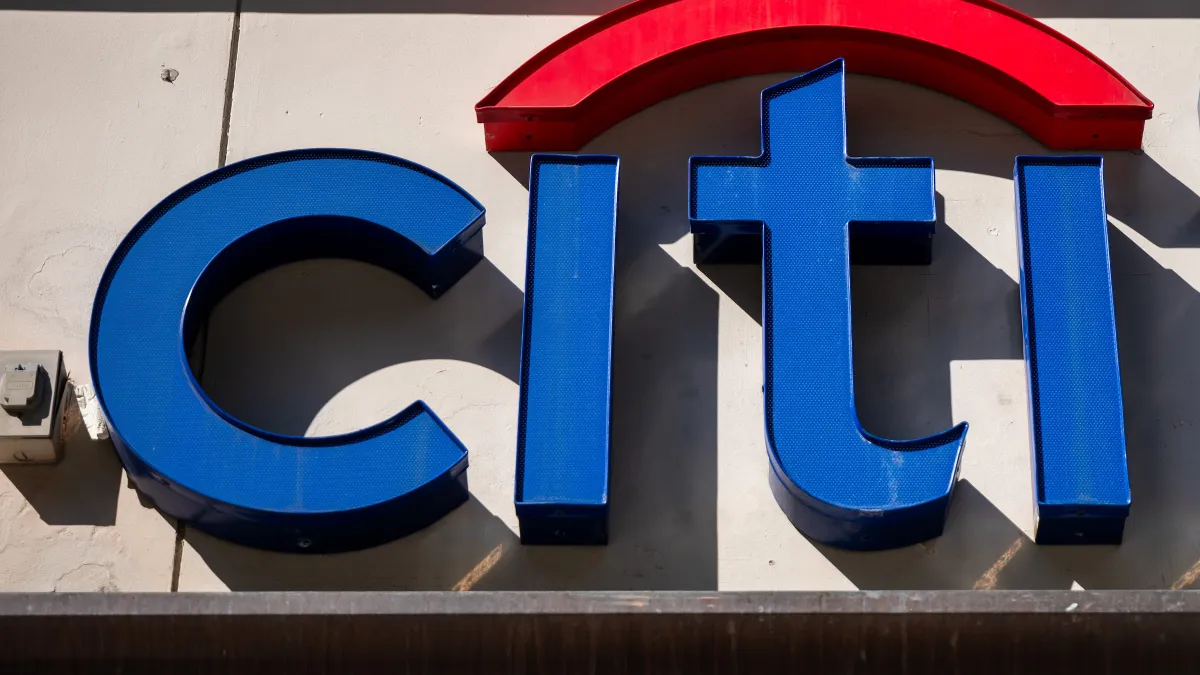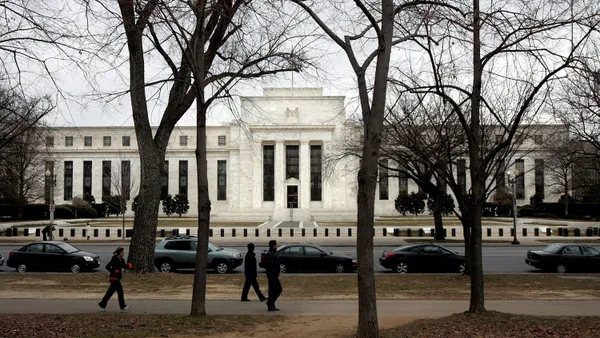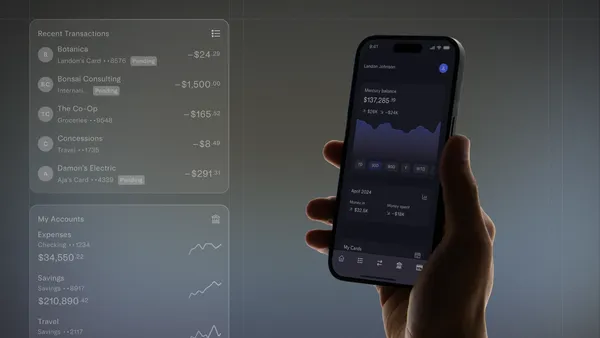St. Louis Fed President James Bullard has stepped down to become dean of Purdue University’s business school next month, the central bank satellite announced Thursday.
Bullard, left his position as president of the reserve bank Thursday but will serve as an adviser until Aug. 14 “to help ensure a smooth transition,” the St. Louis Fed said.
Kathleen O’Neill Paese, the bank’s first vice president and chief operating officer, will serve as St. Louis Fed’s interim president until a replacement is found, the reserve bank said.
Bullard has recused himself from his monetary policy role on the Federal Open Market Committee, the reserve bank said. He is not one of the regional Fed presidents to vote on interest-rate increases this year. The St. Louis Fed will next get a vote on that panel in 2025, according to American Banker.
Bullard, who has led the St. Louis Fed since 2008, was the longest-tenured of the current crop of regional bank presidents. That group, however, has seen marked turnover in recent years.
The presidents of the Boston and Dallas Fed resigned in late 2021, when financial disclosure forms revealed they traded stocks in 2020, while also setting monetary policy. The Boston Fed chose Susan Collins, a University of Michigan economist, to lead the central bank satellite last year. Dallas chose New York Fed veteran Lorie Logan.
Turnover continued this year, when Chicago Fed President Charles Evans and Kansas City Fed chief Esther George each retired in January. Austan Goolsbee, who led the White House’s Council of Economic Advisers, took the Chicago role. The Kansas City post remains open.
“It has been both a privilege and an honor to be part of the St. Louis Fed for the last 33 years, including serving as its president for the last 15 years,” Bullard said in a statement Thursday. “This is an outstanding organization with staff in every area of the Bank bringing their passion, integrity and a deep sense of purpose to our mission of promoting a healthy economy and financial stability. The Bank is well-positioned for ongoing success and impact.”
Jim McKelvey, chair of the St. Louis Fed’s board of directors, praised Bullard’s expertise and the farsightedness.
Bullard “built a strong management team, and we’re confident in the Bank’s ongoing performance and service to the Eighth Federal Reserve District during this transition,” McKelvey said.
“Replacing such a special talent will require a special process,” McKelvey added. The reserve bank vowed that process would be “robust, transparent, fair and inclusive.”
David Andolfatto, a St. Louis Fed colleague who became the chair of the University of Miami’s business school, said Bullard’s move came as a “shock.”
“He did not dissent often, but when he did, he was always proved right,” Andolfatto told Bloomberg. “He was always ahead of the curve.”
Bullard had pushed the Fed since mid-2021 to take more aggressive steps to counter inflation in decades — calling relatively early for larger rate increases, including those by 0.75%.
Bullard gave no hint about his early departure, Bloomberg reported, but his hiring at Purdue capped an eight-month search. Bullard was not due for age-related mandatory retirement from the Fed until February 2026.
Bullard made waves in 2019, telling reporters he was interested in becoming Fed chair if the position were offered, according to The Wall Street Journal.
White House advisers the next year considered naming Bullard to an open seat on the Fed’s board of governors, but he wasn’t interested, the outlet reported. The Trump administration ultimately nominated the St. Louis Fed’s then-research director, Christopher Waller.


